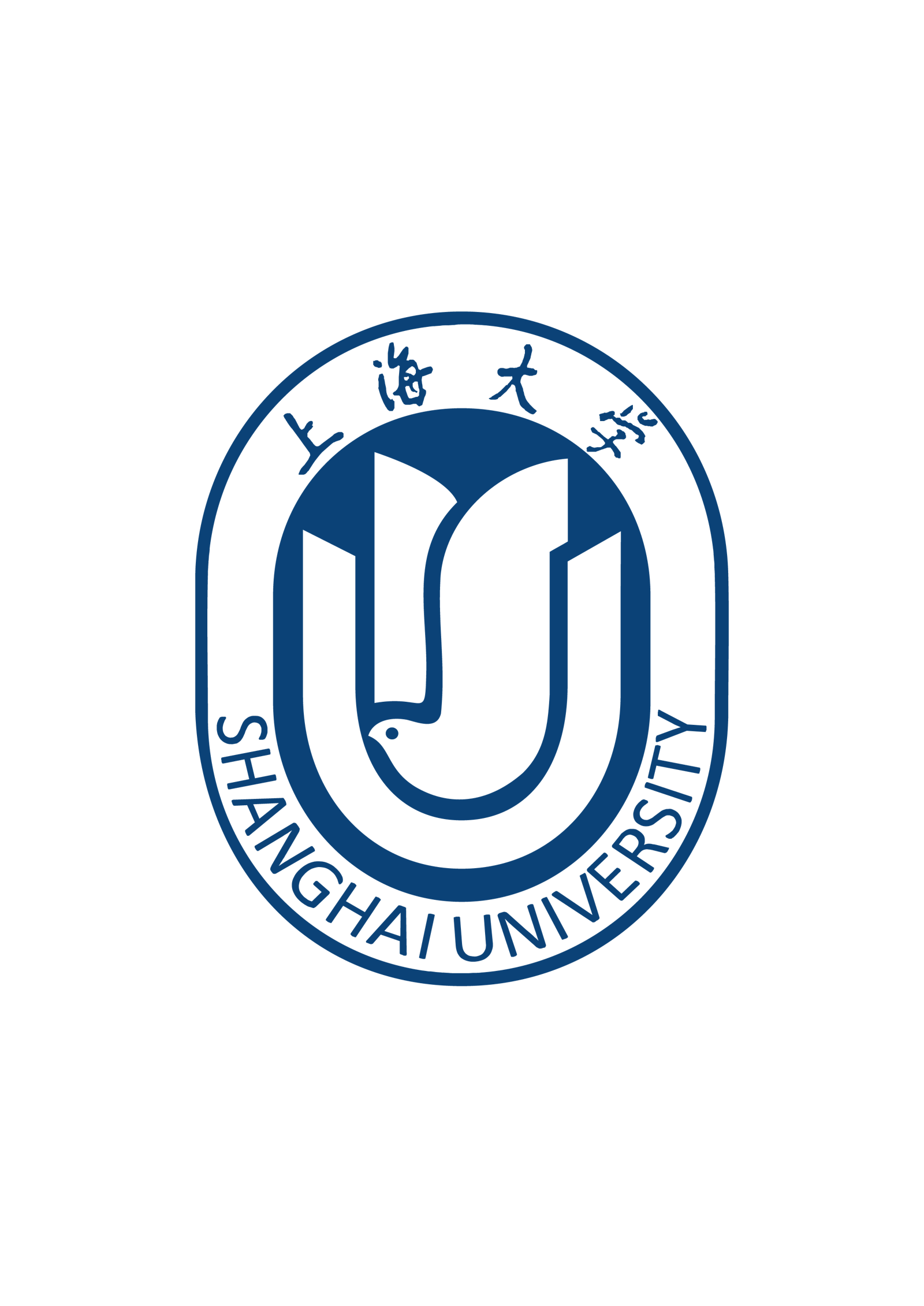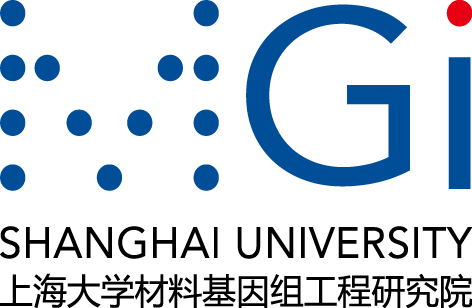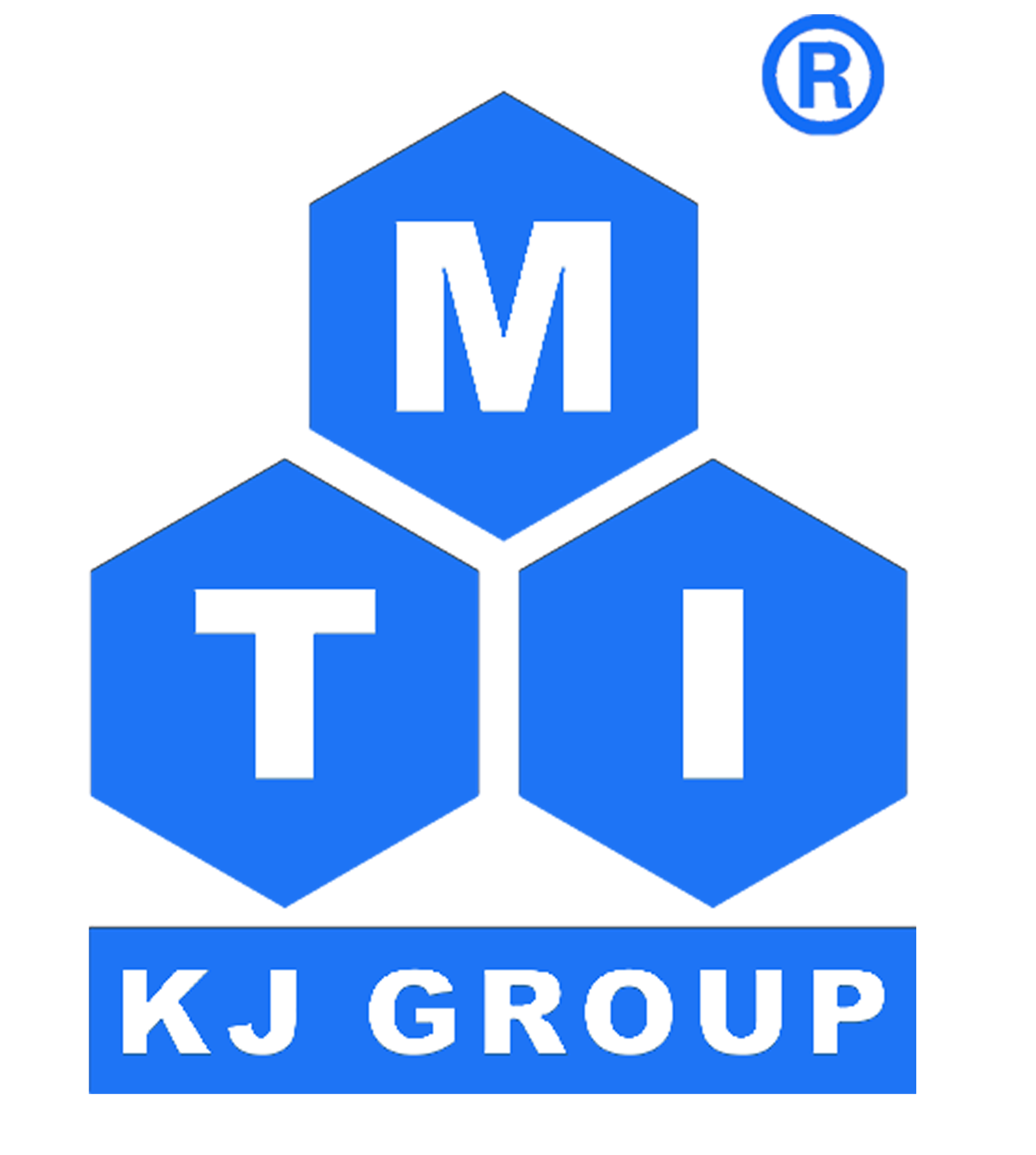Jun Liu1,* Liqun Zhang1
1Beijing University of Chemical Technology, Beijing, China, 100029
zhanglq@mail.buct.edu.cn; liujun@mail.buct.edu.cn
Polymer nanocomposites (PNCs) are widely used in automobile tire manufacturing industry. Concerning the long-standing energy crisis, designing and fabricating PNCs with both high strength and low energy consumption has gained numerous scientific interests. Inspired by nanoparticle-based supramolecular materials, the processed nanoparticles (NPs), as one of the synthetic monomers to build polymer chains, can essentially enhance the strength and stability of the filler network, thus achieving high strength and low energy consumption in the novel PNCs. We constructed the novel nanopolymer composites by embedding nanoparticles into polymer chains through coarse-grained molecular dynamics simulations. The structural, dynamic, mechanical and viscoelastic properties influenced by the content and size of the NPs are systematically explored. Compared to traditional PNCs, this novel PNCs exhibits a relatively higher glass transition temperature at the same content of NPs. Moreover, it was found that the formation of a zigzag-interlock structure with an intermediate strength, namely between the physical and chemical interaction, allows for a more prominent mechanical reinforcing efficiency than traditional PNCs. Finally, the dynamic mechanical properties of this novel PNCs, such as the loss factor and hysteresis loss, exhibit a much smaller energy dissipation than those of traditional PNCs. In general, our work confirms that this novel PNCs is an excellent candidate to exceed the traditional PNC by possessing a more significant nano-reinforcing effect and a much less dynamic hysteresis, opening a good avenue for the design and fabrication of next-generation elastomer nanocomposites tailored for green automobile tires.
Key words: nanopolymer, reinforcement, viscoelasticity, molecular dynamics simulation


Figure 1. This novel PNCs is an excellent candidate to exceed the traditional PNC by possessing a more significant nanoreinforcing effect and a much less dynamic hysteresis toward next-generation elastomer nanocomposites tailored for green automobile tires.
Dr. Runhai Ouyang (DCTMD2024@163.com)












